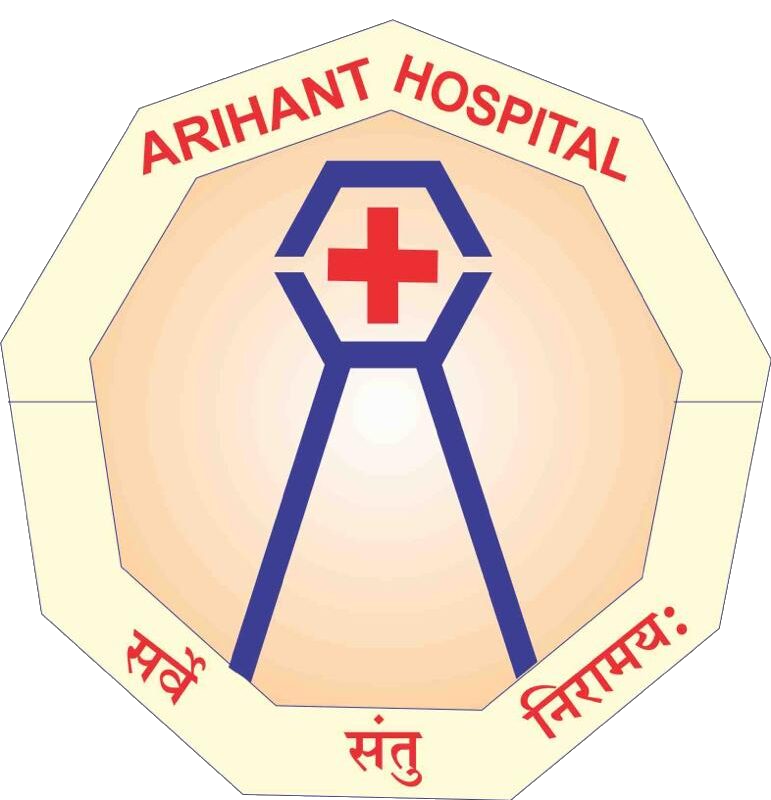Modern medicine relies heavily on technology to improve diagnosis, treatment, and patient outcomes. One such advancement is endoscopy, a minimally invasive procedure that has revolutionized the way medical conditions are diagnosed and treated.
This blog explores the benefits of endoscopy, its applications, and why it has become a cornerstone in medical diagnostics.
What Is Endoscopy?
Endoscopy is a medical procedure where a thin, flexible tube with a camera and light source (endoscope) is inserted into the body to examine internal organs or tissues. It provides real-time visuals and allows physicians to perform various tasks, such as biopsies and treatments, without the need for major surgery.
Types of Endoscopy Include:
- Gastroscopy: Examines the esophagus, stomach, and duodenum.
- Colonoscopy: Inspects the colon and rectum.
- Bronchoscopy: Explores the airways and lungs.
- Cystoscopy: Looks inside the bladder.
- Laparoscopy: Provides a view of abdominal and pelvic organs.
The Key Benefits of Endoscopy
1. Accurate Diagnosis
Endoscopy offers unparalleled accuracy in diagnosing various conditions. The direct visuals and ability to collect tissue samples ensure precise detection of abnormalities like tumors, ulcers, or infections.
2. Minimally Invasive Procedure
Unlike traditional surgeries, endoscopy involves minimal incisions or no incisions at all. This reduces:
- Recovery time.
- Risk of infections.
- Post-procedure complications.
3. Real-Time Insights
Physicians can observe abnormalities in real time, enabling quicker decision-making and immediate intervention if necessary.
Applications of Endoscopy
1. Gastrointestinal Issues
- Diagnosing conditions like ulcers, Crohn’s disease, or gastritis.
- Detecting early signs of colorectal cancer.
- Identifying sources of gastrointestinal bleeding.
2. Respiratory Conditions
- Evaluating unexplained coughs, infections, or lung diseases.
- Detecting tumors or blockages in the airways.
3. Reproductive Health
- Laparoscopic endoscopy helps diagnose endometriosis or infertility issues.
4. Urinary Tract Disorders
- Cystoscopy helps detect bladder stones, infections, or tumors.
How Endoscopy Promotes Preventive Healthcare
Regular endoscopic screenings can help detect diseases early, especially cancers, when treatment outcomes are better. For example:
- Colonoscopies are recommended for individuals over 50 to screen for colorectal cancer.
- Gastroscopies can identify early stomach or esophageal cancers.
Preparing for an Endoscopy
1. Pre-Procedure Instructions
- Fasting for 6-8 hours before the procedure.
- Stopping certain medications, if advised by the doctor.
2. What to Expect
The procedure is usually done under local anesthesia or mild sedation, ensuring patient comfort. It typically lasts between 15 to 60 minutes, depending on the type.
Advantages Over Traditional Methods
Endoscopy has several advantages compared to older diagnostic tools:
1. Visual Accuracy
X-rays or CT scans may miss smaller abnormalities that an endoscope can detect.
2. Tissue Sampling
Physicians can collect biopsy samples during the procedure, streamlining the diagnostic process.
3. Simultaneous Treatment
Endoscopy allows for certain treatments, such as polyp removal, during the same session.
Common Myths About Endoscopy
Myth 1: Endoscopy is painful.
Fact: It is minimally invasive and done under anesthesia, making it comfortable.
Myth 2: It’s only for the elderly.
Fact: Endoscopy is useful for diagnosing a wide range of conditions across all age groups.
Myth 3: It requires a long recovery period.
Fact: Most patients resume normal activities within 24 hours.
Post-Procedure Care
After an endoscopy:
- Rest for a few hours, especially if sedated.
- Avoid driving or operating heavy machinery for the day.
- Follow your doctor’s dietary or medication recommendations.
Potential Risks and Complications
While endoscopy is generally safe, minor risks include:
- Sore throat (in upper GI endoscopy).
- Mild abdominal cramping.
- Rare complications like bleeding or infection.
Discuss any concerns with your healthcare provider before the procedure.
Endoscopy is a transformative tool in modern medicine, offering a minimally invasive, accurate, and efficient way to diagnose and treat various conditions. Whether for preventive healthcare or managing symptoms, endoscopy provides invaluable insights that improve patient outcomes.
If you are experiencing unexplained symptoms or are due for a screening, consult your doctor about whether endoscopy is right for you. Prioritizing regular check-ups and early interventions can make all the difference in maintaining long-term health.
FAQs
1. What conditions can endoscopy detect?
A: Endoscopy can identify digestive issues, respiratory diseases, urinary tract problems, and some cancers.
2. How long does an endoscopy procedure take?
A: Most procedures last between 15 to 60 minutes, depending on the type and purpose.
3. Is endoscopy safe?
A: Yes, endoscopy is a safe and widely used procedure with minimal risks.

